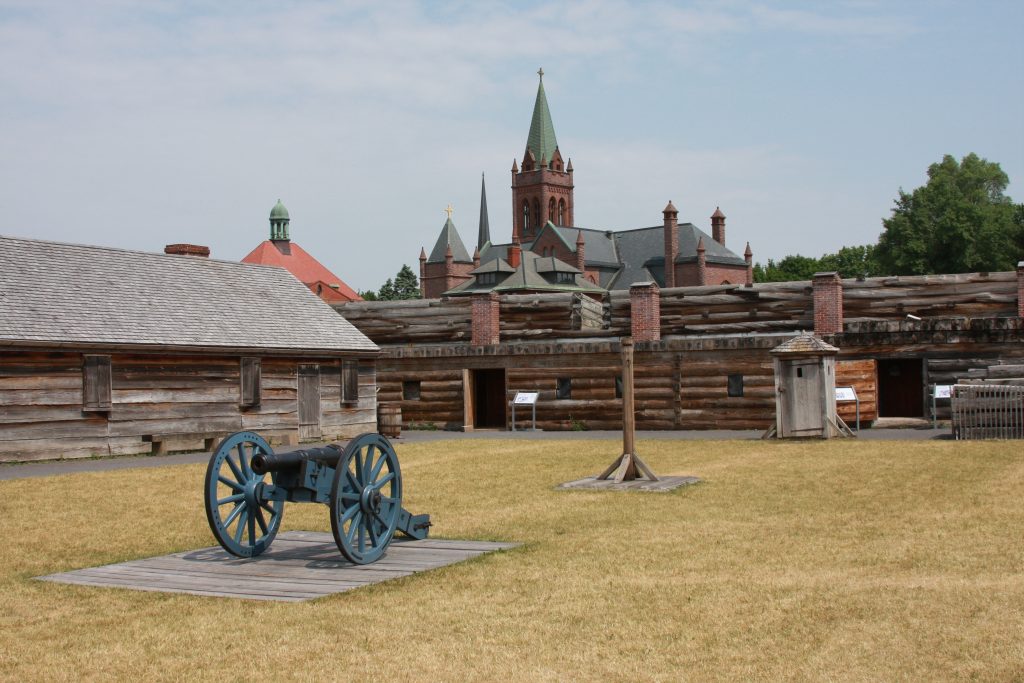June 11, 2023 @ 09:00 EDT
Site Visit #94
Before my visit to Fort Stanwix National Monument, I had heard of the name Fort Stanwix and knew it had something to do with the American Revolutionary war…maybe. After my visit, I discovered that it very much did have something to do with the Revolutionary War and much more.
Fort Stanwix was first built (yes there were two forts built) in 1754 at the start of the French and Indian War. Its goal was to stop French incursions into New York, and for this, it was successful. France lost that war and ceded almost all of its lands east of the Mississippi to Britain. After the war ended, the fort was abandoned.
By 1776 a new war was underway in America with colonial forces forming a rebellion against the Empire (of Great Britain). Just as some 20 years earlier, raids from Canada – now a British colony – into New York were a concern to the Americans. Fort Stanwix was rebuilt and given a new name – Fort Schuyler – after the commander of the Army’s Northern Department.

In 1777, British General Burgoyne intended to split the states by controlling the Hudson Valley. The British wanted to also control the Mohawk River valley, which runs from the Hudson to Fort Stanwix/Schuyler to protect Burgoyne’s flank. A force was dispatched to capture the fort, but on arrival found it too well defended. Instead, British General St. Leger chose to lay siege on the fort.
A few Colonial efforts to break the siege failed, though they also took a toll on the British. Finally, General Benedict Arnold arrived with a large force from the Hudson Valley. The siege was broken in August 1777, after which the British retreated back toward Fort Niagara and Arnold returned with his troops in time for the pivotal battle of Saratoga.
Saratoga gets the headlines, and it was an extremely game-changing victory for the Americans. But the holding of Fort Stanwix and the ultimate repulse of the British troops played a significant role in that subsequent victory.
The current National Park site contains a full reproduction of the original fort, built based on original documents. Only a few foundations remained of the original fort. The visitor center is located in a separate building next to the fort. Inside, rather than a single video presentation, one side of the building has multiple displays, one after the other down a wide hallway, with a video in each. They cover different viewpoints of the participants in the battles around Fort Stanwix including those supporting independence, those still loyal to the British crown, members of the Six Nations – a confederation of Indian tribes in the area, and so on. The exhibits and videos were well done and emphasized the Civil War-like situation where family members took opposite sides and often fought against each other.
Following the Revolutionary War, Fort Schuyler became a meeting and negotiating site where the American government “negotiated” with local Indian tribes about which lands they would gladly cede to the new nation. By the end of the 18th century, the fort was no longer in use.
Steve